The 5 biggest benefits of digital impressions
Implementing a digital scanner in your dental practice may be a wise investment.
Digital scanners offer many benefits that aren’t possible with traditional impression techniques, from time savings to patient education and accuracy to the ease of storing electronic data. Combine the benefits with the fact that the learning curve is small, and it’s clear that implementing a digital scanner in the dental practice is a “no brainer,” says Adam Hodges, DMD, a general dentist in Asheville, North Carolina.
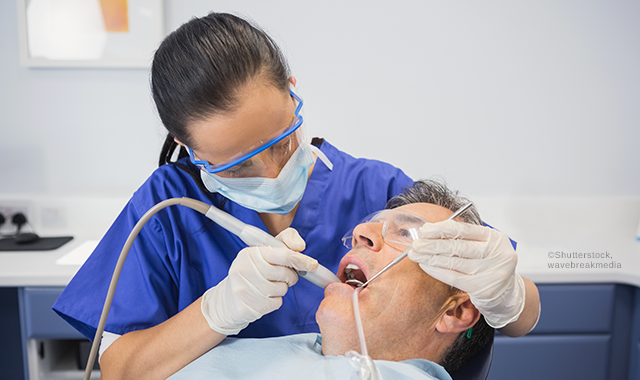
“It’s not a hard transition for the dentist,” he says. “The digital impressioning wand is similar to taking a picture with an intraoral camera or using a handpiece. The mechanics of moving the scanner to capture the data is actually very familiar to a lot of dentists. That transition isn’t typically hard because it’s something familiar. That’s a huge benefit. I had a half-day of training, and I’ve only become more efficient in taking digital impressions.”
Click through the slides to find out the five biggest benefits of switching to digital impressions.


1. Time
At first, Dr. Hodges wasn’t sure that digital scanning would bring about a level of efficiency that would be financially rewarding. Although he knew there would no longer be a need to spend money on polyvinyl siloxane impression materials, the saved expense wasn’t noteworthy. Plus, he knew that there would be some revolving costs with a digital impressioning machine.
His initial suppositions were soon eradicated. “I was pleasantly surprised to see an efficiency to my workflow that is cost beneficial,” he says. “The efficiency comes with decreased time to acquire the data and accomplish a laboratory prescription as well as the transportation of that data back and forth to the lab.”
Dr. Hodges says he is already seeing improvements on the lab side as equipment becomes better, but the biggest benefit for him at this point is the rapid turnaround time.
More from the author: What digital dentistry means for implants
“I can have information travel back and forth to California in a few hours, which was not possible before,” he says.
Dr. Hodges also sees digital impressioning systems as a way to get dental assistants and other auxiliaries more involved. It offers the chance for team members to learn new things and be stimulated by their role.
“My employees usually take the opposing digital impression and Invisalign impressions,” he says. “In those cases, they’re responsible for some of the outcome of the case, and that responsibility grows personal and job satisfaction. There are a lot of positives for the staff members in keeping them engaged in furthering their career. It’s a technologically-oriented life.”
Dr. Hodges and his team enjoy working with digital impressions and want to do even more with the technology, so they are excited and interested in the future. Moving forward with its potential capabilities is made simple by the fact that patient and laboratory prescription data is stored digitally with intraoral scanners.
“The fact that you can get the information quickly and store it makes dentists much more efficient,” Dr. Hodges says.


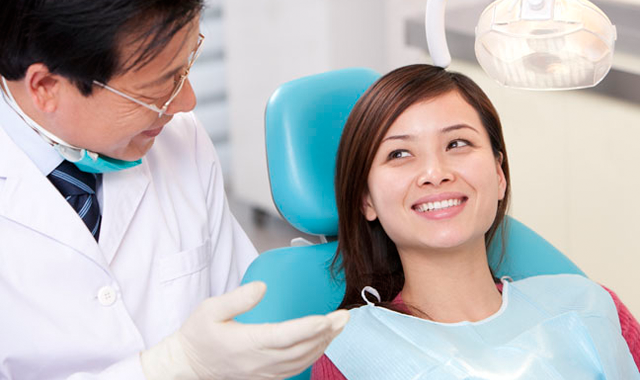
2. The patient experience
For most dentists, digital impressioning - though practice-changing - is old news. But for many patients, it’s a novel, exciting experience.
The novelty, and the drastic improvements digital impressions make to the patient experience, help improve patient relationships and patient care.
“One of the first things they say when they sit down for a crown procedure is, ‘Do I have to have that goop in my mouth today?’” Dr. Hodges says. “It’s something that you remember because it’s not comfortable to have someone force-feed you silicone and have to bite on it for three minutes.”
With digital impressions, Dr. Hodges no longer feels the need to coax patients into taking an impression.
“When you scan it, you can do both arches efficiently and give the patient breaks so that they don’t have to hold still for as long,” Dr. Hodges says. “The patient’s convenience factor is improved and the experience is better because it’s not as invasive.”
Read more: Why a perfect crown may not always be the best option for a patient
It doesn’t matter that digital impressioning has been around for years, he says. There is still a very prevalent “wow” factor involved for many patients.
Using an impression wand to show the patient a 3D representation of his or her mouth is definitely something they don’t see on a daily basis.
“Your average patient doesn’t experience 3D topography replicated on a screen from a wand,” Dr. Hodges says. “They consider it state-of-the-art, so the marketing in your practice goes way up because patients identify advanced technology that they’re not familiar with, which is impressive to them. It’s something they talk about.”
The thing that Dr. Hodges is most excited about is digital smile design, particularly in regards to the patient’s evaluation of the eventual smile. Dentists can now create mockups on the computer of the patient’s current situation and his or her planned outcome.
“Even now, it’s possible within a video to change the person’s appearance to give them a fundamental understanding of what their teeth will look like in their head,” Dr. Hodges says. “That kind of engagement certainly helps further the cause of providing quality cosmetic dentistry for patients.”


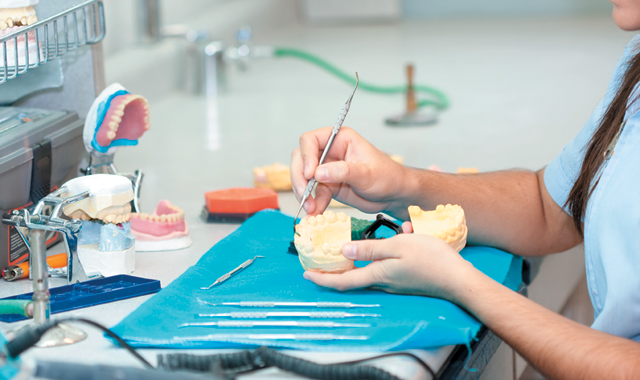
3. Narrowing the gap between craftsmanship and technology
Every subset of the dental industry is getting involved in the digital realm because it can be done anywhere, Dr. Hodges says. In turn, that erases the barriers - both physical and otherwise - that used to separate professionals around the world.
Trending article: 5 steps to a pain-free dental career
“It shrinks the world so that you can get different options. You might get a digital wax-up from China or Switzerland or Sweden or Spain, and you can have incredible turnaround time because it’s all digital,” he says.
Erasing those barriers means that patients can get the best level of care possible.
“It’s also possible to have your local lab tech improve their level of care through working with these resources to provide form and esthetic,” Dr. Hodges adds. “One of the biggest limitations in dentistry with regard to final results is the limitations of the artistry of the technician you’re working with. When we can narrow the gap between the greatest craftsman and the best technology, then we’ll be able to provide the highest level of care at an affordable cost for all patients. I think digital is going to allow that gap to get very close.”


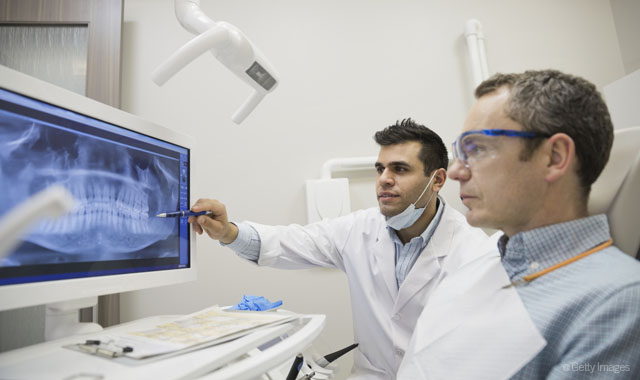
4. Patient education
Digital scanners also drastically improve patient education. “It’s about visualization of the condition for the patient,” Dr. Hodges says. When cases are theoretical, he says, there is a disconnect between the procedure and the need.
With digital impressioning systems, the dentist can show the patient both the preoperative scan as well as the postoperative scan as well as illustrate the circumstances that might make a procedure more difficult than normal.
More from the author: The state of intraoral scanning
“For example, for patients who feel like we’re cutting their tooth down to nothing, you can show them that we’re barely reducing it down enough to get the job done in a lot of cases because of the severe wear they have,” he says.
“Visualization is a tremendous part of patients’ understanding of the procedure. And when they understand the procedure, their acceptance of the need for care goes way up.”


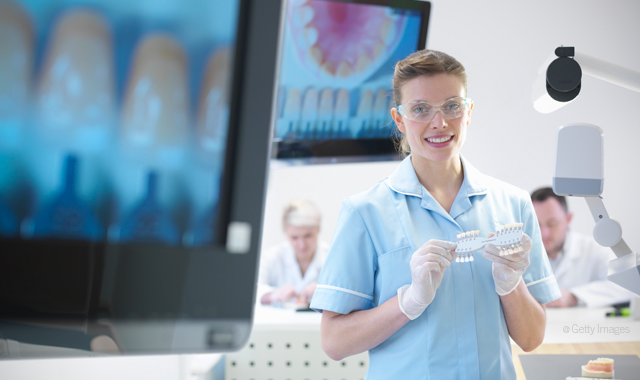
5. Accuracy
Digital impressions, he says, are just as accurate - if not more accurate - than traditional analog impressions.
“When you take an impression, you have an inaccurate material that you then have to pour into stone, which has a certain amount of inaccuracy,” Dr. Hodges says. “We have found that digital impressions are more accurate for single-tooth crowns.”
That accuracy affects bite registrations, too.
Related reading: 4 things you didn't know you could do with a digital scanner
“When you take an upper and lower digital impression and then take a bite scan, the computer is measuring the bite in a very accurate sense, with the mouth together,” he says. “Whereas typically when we take a bite record, we use bite registration material between the upper and lower teeth.”
There is also a chance of an inaccurate mount from the laboratory, which means that there are three opportunities for mistakes to occur, resulting in the impression material, stone and mounting to all be inaccurate. With digital impressions, however, the problem is avoided.
“With the digital impressioning machine, the computer is registering all that,” Dr. Hodges says. “If there are errors, they’re easier to detect in the system because the workflow is improved for a greater patient outcome, greater patient experience and greater efficiency for all.”
He adds that the learning curve for laboratory technicians is much faster in the digital world than in analog. “That’s reinforced in the fact that, if you talk to companies like Invisalign or ClearCorrect, they will tell you that digital impressions that they receive are more accurate and that the aligners that they make in those cases fit better than they do with regular impressioning techniques,” he says. “They prefer it in their workflow as well for the accuracy.”
From that standpoint, he says, it’s a win-win.
